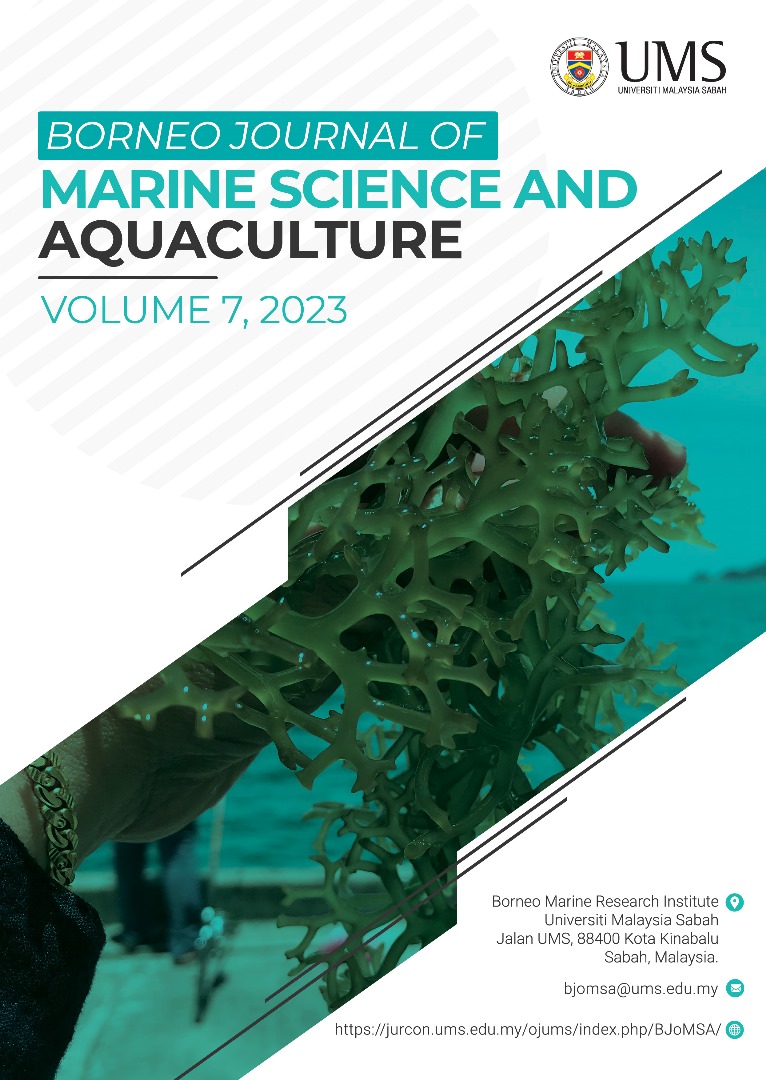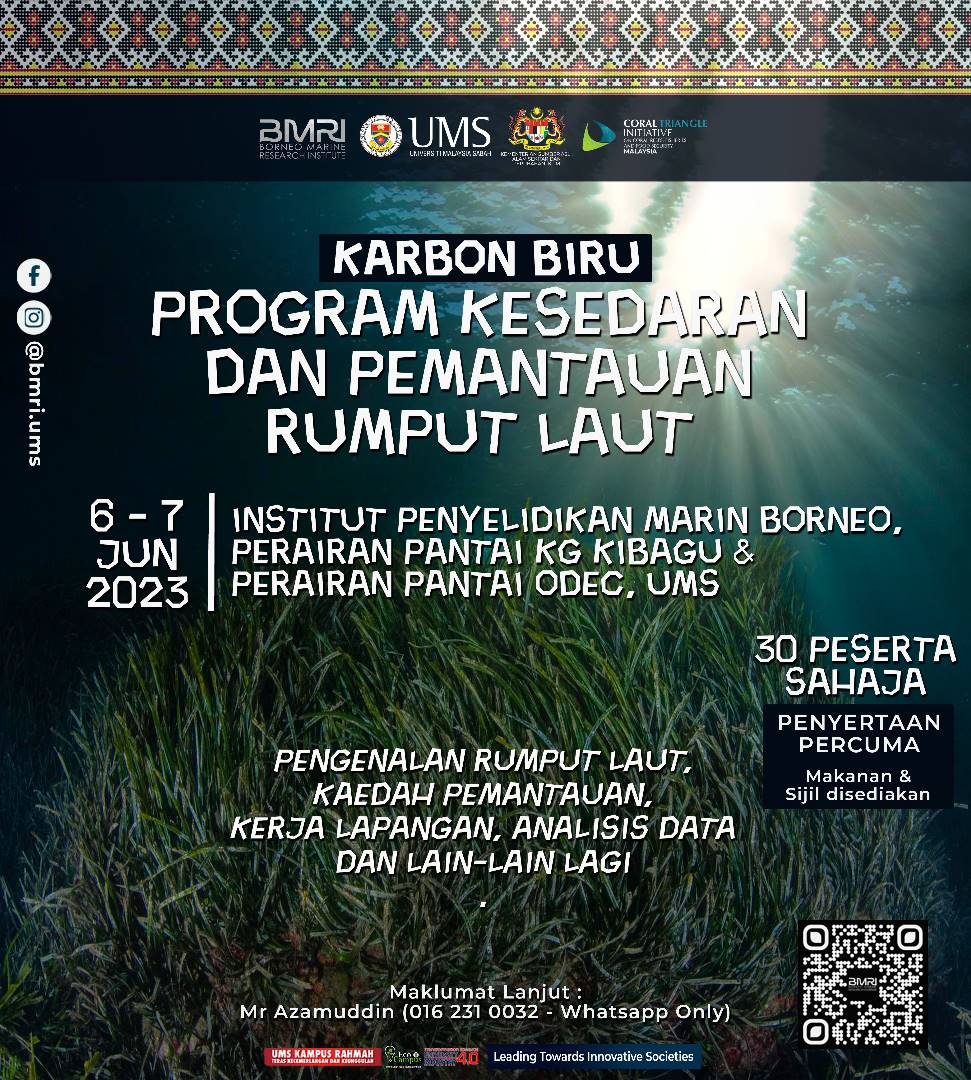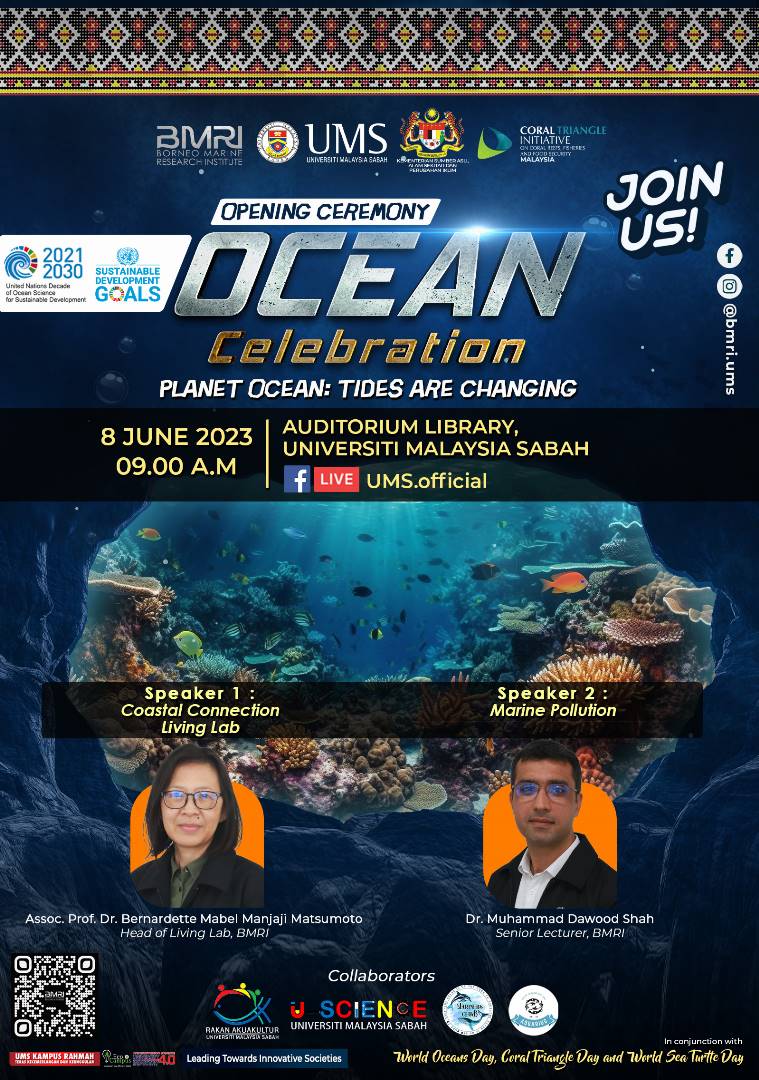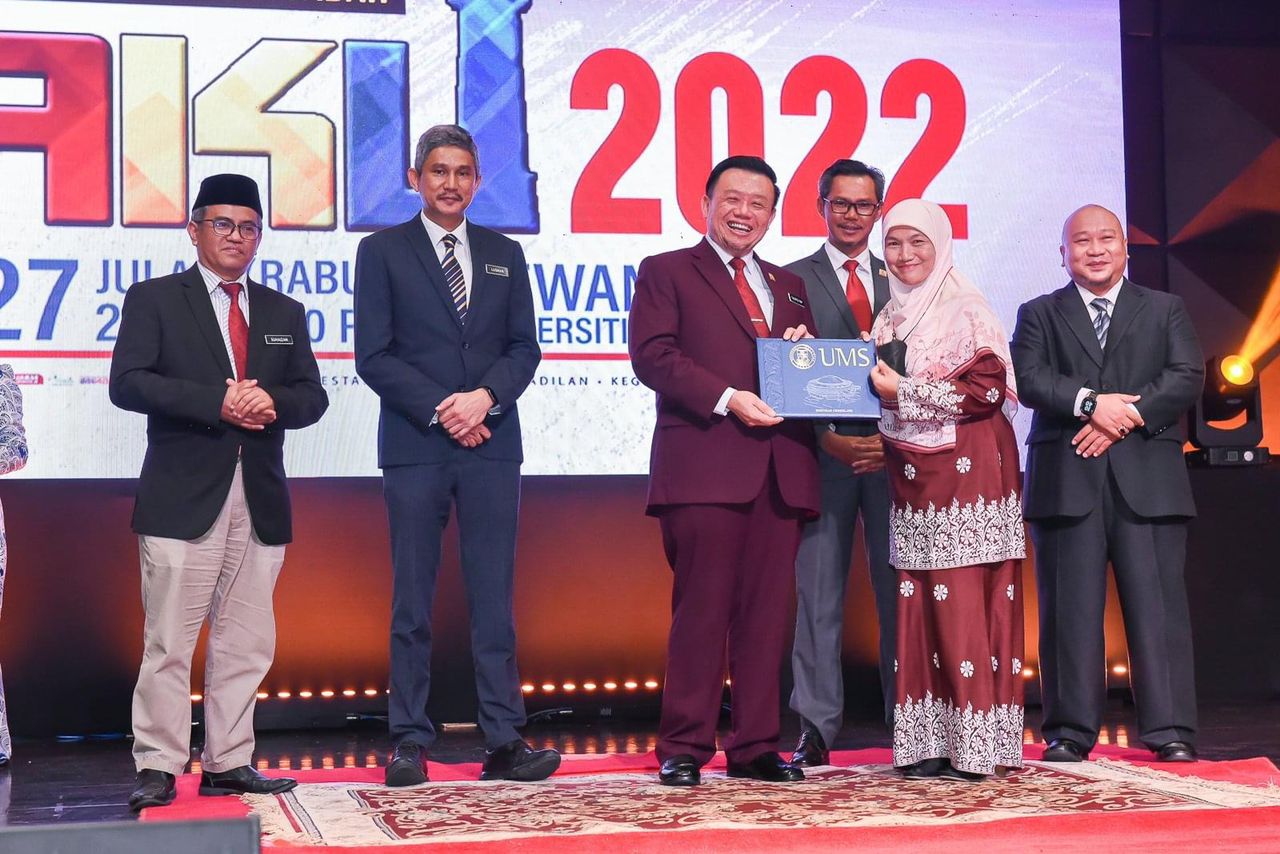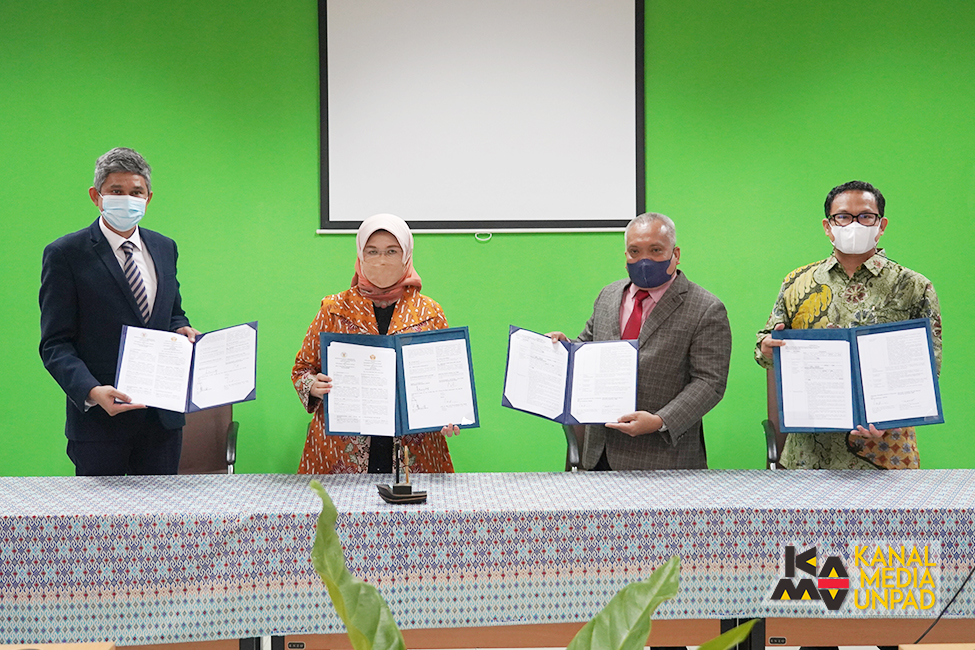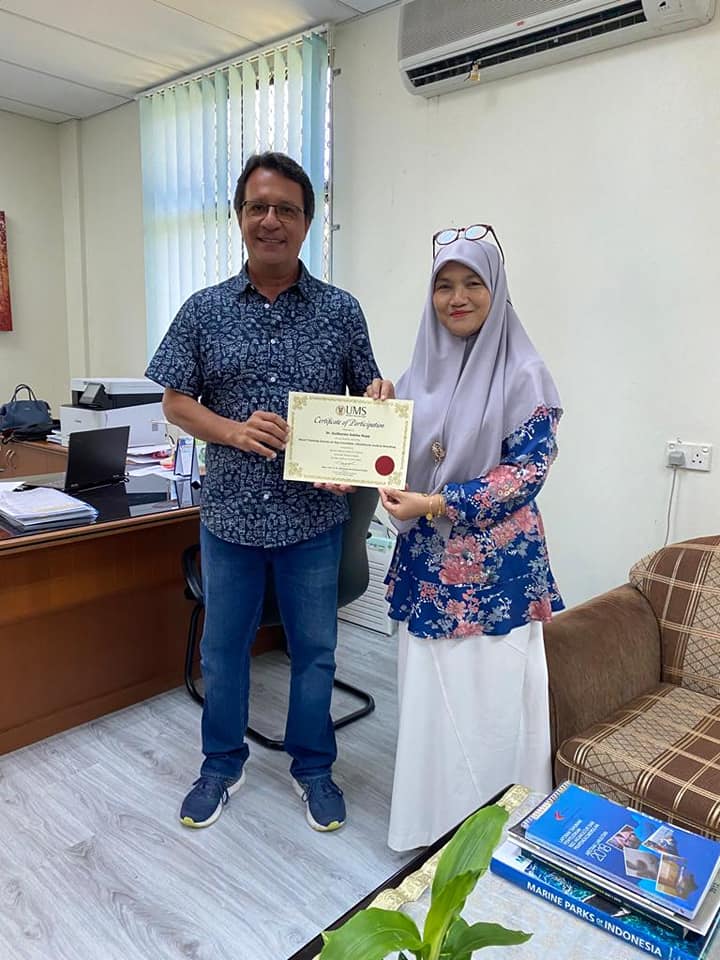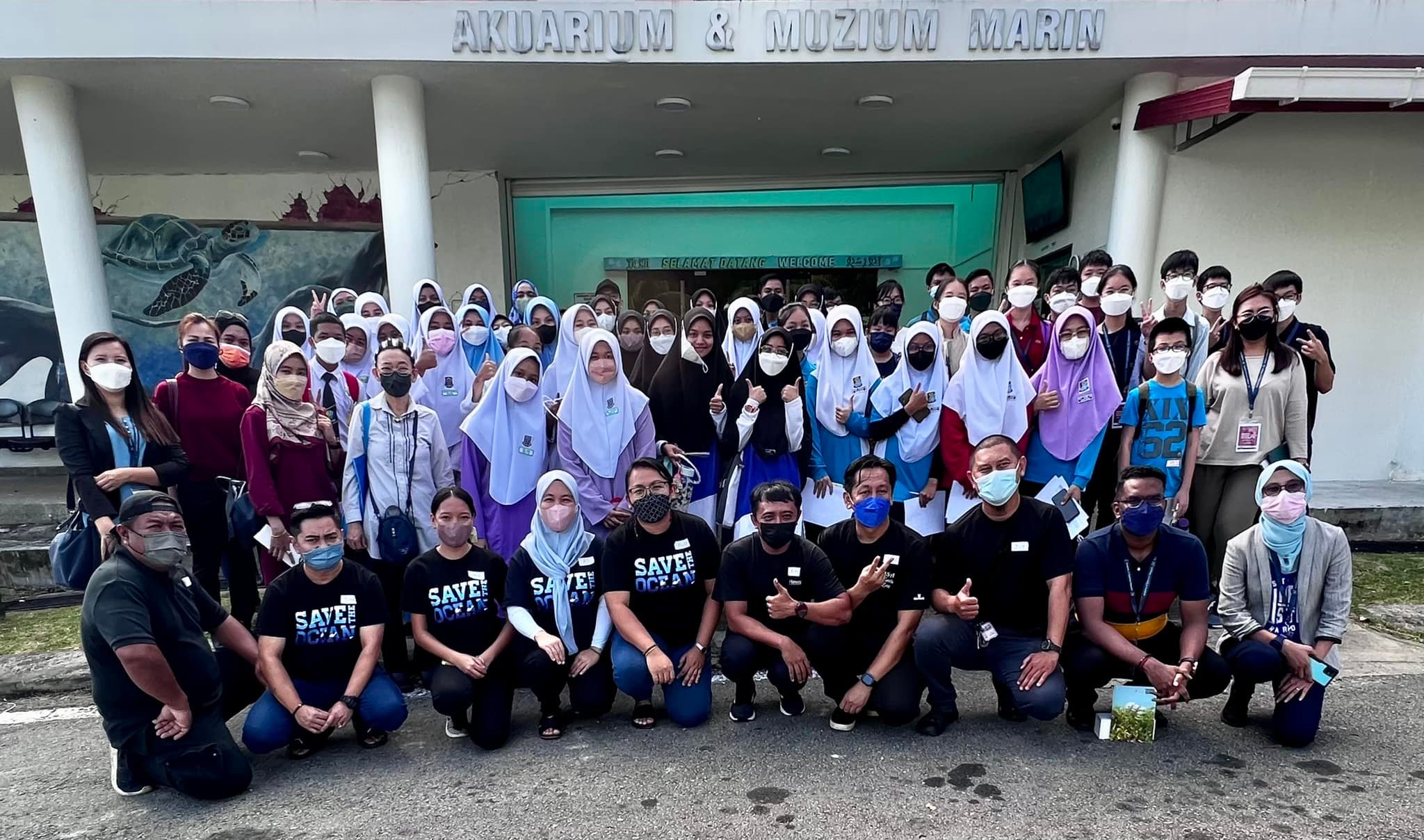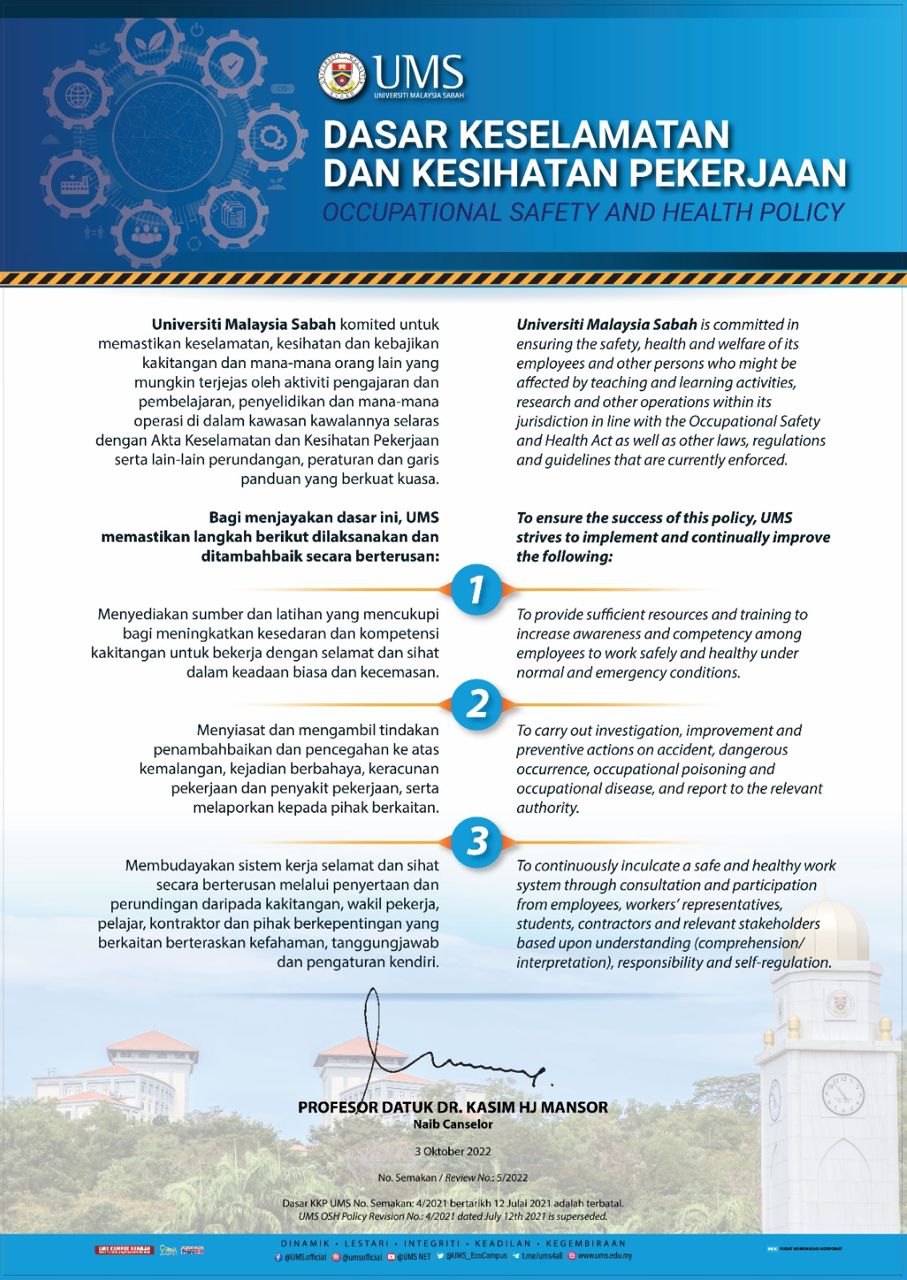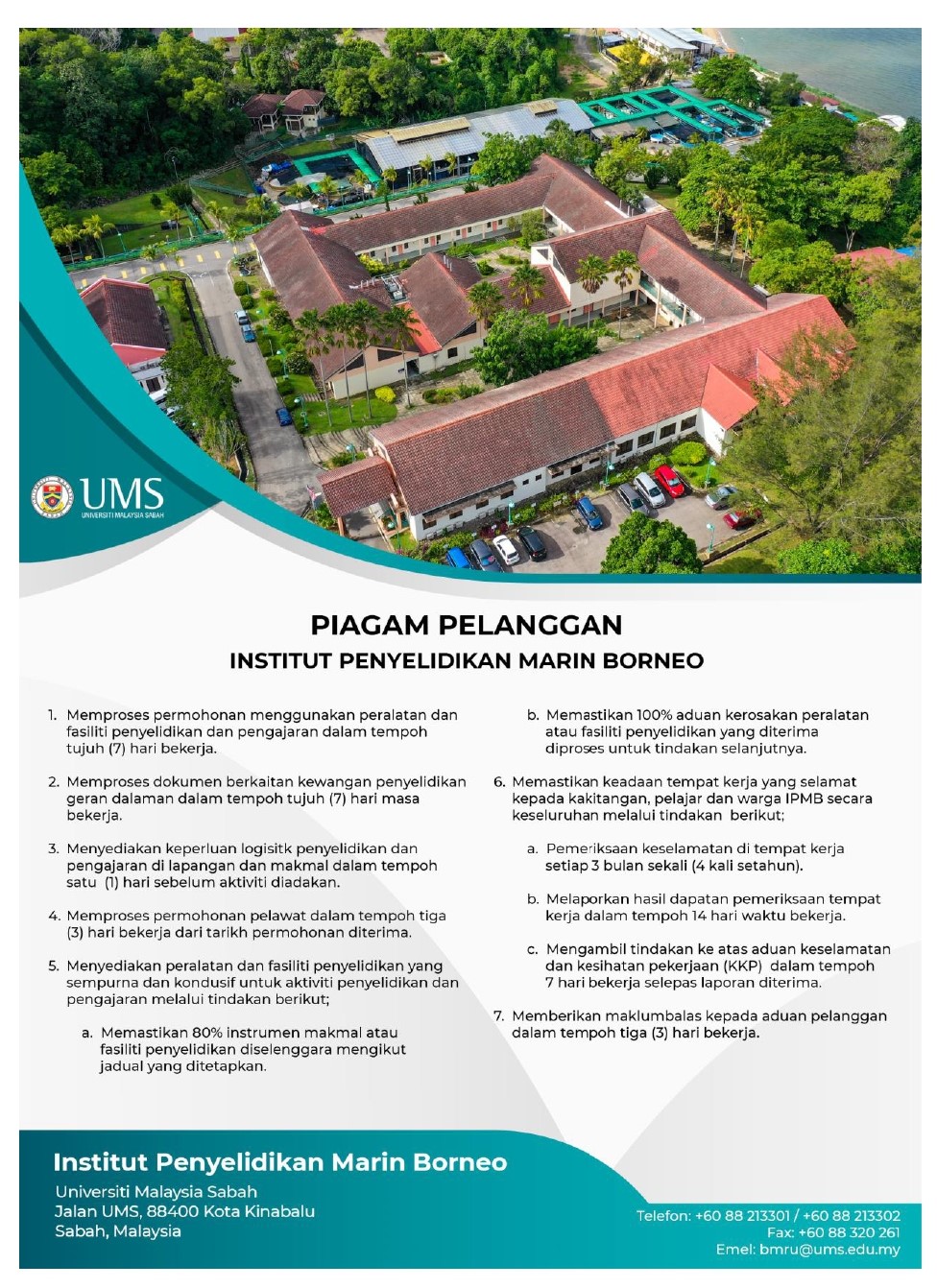FISH HATCHERY
A finfish hatchery is the foundation of BMRI’s aquaculture program. It is a place for conditioning broodstock and breeding them in captivity, and producing larval and juvenile fish for grow-out to harvestable size.
All the production steps including broodstock management, spawning, fertilization, larval development and early grow-out are carried out at the hatchery. Besides, facilities also exist for live feed production and operation of integrated cultures modules.
As the result of intensive research, the hatchery has successfully produced intergeneric and interspecific grouper hybrids. The first-in-the-world hybrid (named as ‘TGG hybrid’) is a cross between the tiger grouper (Epiphelus fuscoguttatus) and giant grouper (Epinephelus lanceolatus).
Other hybrids that were successfully produced are: Orange-spotted grouper x giant grouper (E. coioides xE. fuscoguttatus) and mouse grouper x tiger grouper (Cromileptes altevelis xE. fuscoguttatus).
Since fertilization in groupers is external, collection of eggs and sperms was required, followed by their artificial fertilization under highly specific conditions that resulted in fusion of the two gametes, formation of viable zygote and larval hatching.
These hybrids have shown remarkable growth in tanks and sea cages. They are subject of investigations for any signs of heterosis (or hybrid vigor) which is the ability of hybrids to exceed their parents in certain performance characteristics. Parameters of special interest are survival, growth, fertility and adaptation to climate change.
These hybrids have immediate heredity in their first generation. The hybrids have not been released in the wild. They are suitable for commercial-scale production if effective controls are in place to prevent their release into the natural environment.

